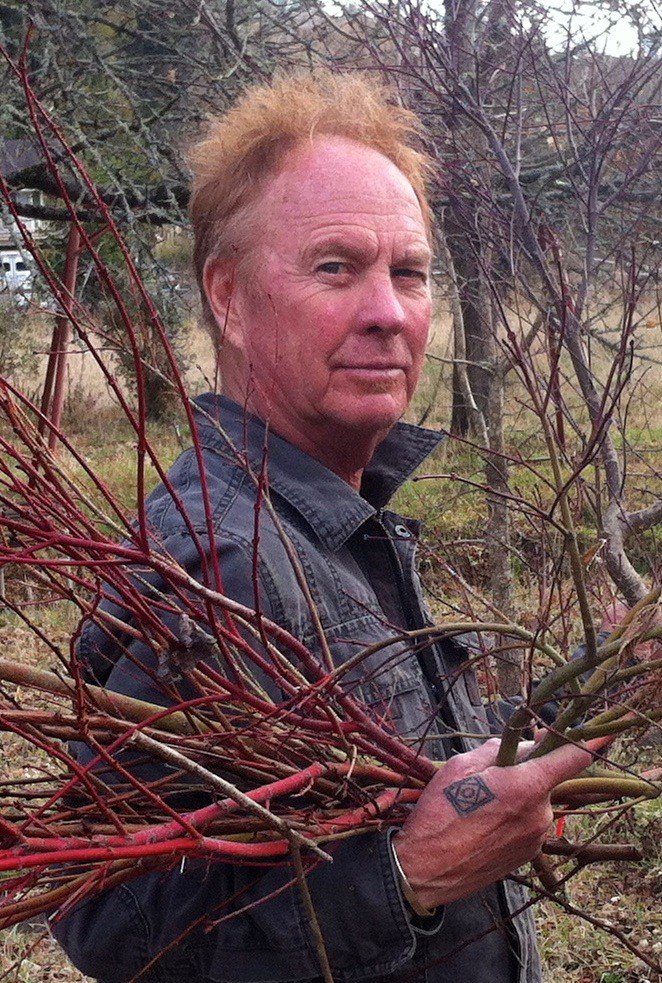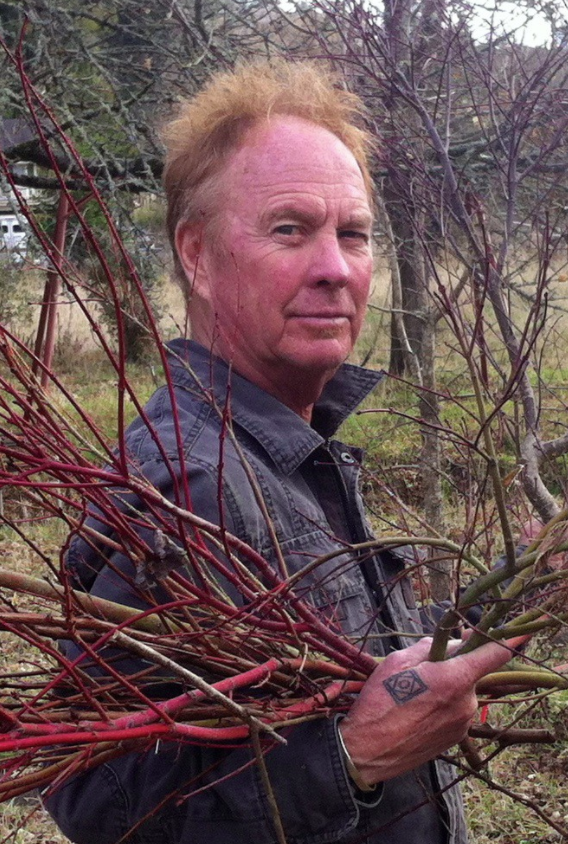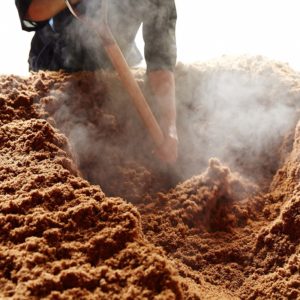Garden Journal
By Michael Alliger, Master Pruner
Autumn 2017
With the softening of the light and cooling of temperatures comes a time for an out-breath in the garden. Autumn at Osmosis brings a relaxing sigh after the hurried intensity of summer. In the calm expanse of golden light, we look back to what has been: the surprises, accomplishments, and challenges; and we look ahead to the opportunities that winter rains will offer.
Here at Osmosis Day Spa Sanctuary in Sonoma County, California, Spring was enlivened by deep and late rains. Trees especially came out with a robust vigor. This was an expectation gratefully rewarded. The surprise was that this vigor did not translate into increased health throughout a very hot summer. Many trees seemed inexplicably weaker as the season progressed. Autumn, therefore, brings welcome relief for the garden as well as the gardeners.
Falling Leaves
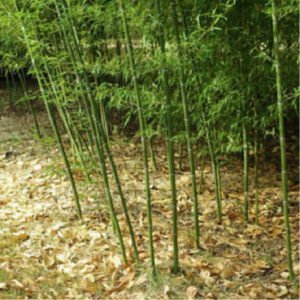
Bamboo’s Falling Leaves
Though plant growth has slowed, the rain of falling leaves keeps gardeners busy raking. Raking of the paths and grounds is expected but benches, lanterns, stones and the plants themselves must be kept as pristine as possible. It’s interesting to observe that broadleaf evergreen trees (such as bays), as well as conifers, are losing countless leaves at this time. Bamboo, an evergreen, is dropping leaves at a surprising rate. For good hygiene and appearance groves must be raked and mulched. Pines, redwoods, and hinokis all display an inner browning of foliage that may drop eventually with winter storms if not cleaned by garden staff.
Lack of Rain
Anticipation of winter may stir in us the realization of how long the garden has gone without rain. Lack of rain combined with extremely low atmospheric humidity makes this the driest time of the year for plants. It’s important that irrigation be regularly monitored for accurate operation and that container plants be watered assiduously sometimes being dunked in large tubs or troughs where possible. Again in anticipation of winter rains the garden is freshly mulched with nutrient rich amendment. When percolated in by rain a mulch of composted humus and manure not only enriches to plant growth but helps keep the soil alive with microbes, insects and all manner of healthful fungi.
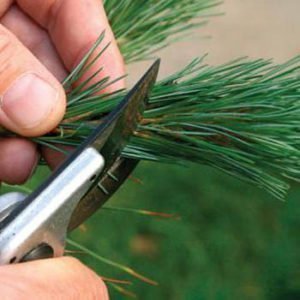
Fall Pruning of Evergreens
Fall Pruning
Garden pruning in the fall hasn’t the pace of summer yet opportunities for care and improvement abound. In Japanese-inspired gardens like Osmosis, many trees are pruned for human scale. This reduction often stimulates a reaction growth which must be addressed. As this growth slows in summer water sprouts on plum, crabapple and persimmon, for example, can be removed or cut back. On Magnolia, heavy summer growth is also removed in preparation for early winter flowering. In addition, fruit tress such as pear, apple and apricot may be thinned and cut back. At Osmosis, we have a large naturalized apple tree growing along the bank of Salmon Creek which is pruned as an ornamental, not to interfere with a vigorous fruit production.
Evergreens are also pruned at this time. Pines are thinned, shaped and cleaned of old needles. The same can be done with various Chamaecyparis.
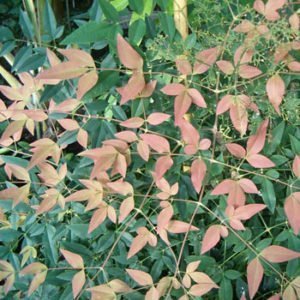
Nandina
The thinning of bamboo groves not only improves appearance by removing dead, dying, and spindly culms but also can help (along with fertilizing) to increase the size of next year’s shoots for added drama. Similarly, drifts of Nandina may be thinned to display their vertical canes from which they get their common name “sacred bamboo”, though not a true bamboo.

